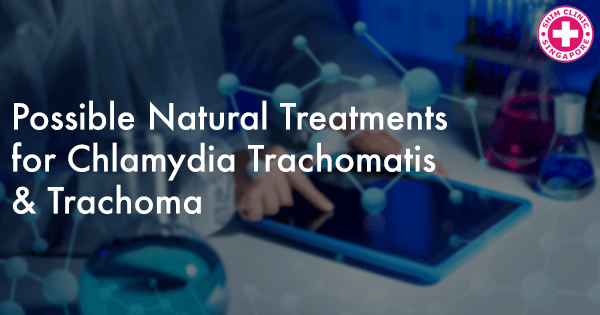Trachoma, a highly ignored tropical disease, is at the moment the number one cause of eye disease in the world. Chlamydia trachoma, the pathogenic bacteria responsible for causing eye disease, is also the most popular pathogenic bacteria to be transferred sexually. The C. trachomatis bacteria has a unique life cycle that largely leads to chronic infections and is very difficult to treat using common antibiotics.
Researchers Potroz and Cho from the School of Materials Science and Engineering, Nanyang Technological University, suggest combining several compounds to get several antimicrobial mechanisms that can be used to come up with a reliable method of addressing these treatment difficulties. Traditional and ethnobotanical medicine have provided valued resources for the development of fresh inventions and treatment methods based on synergistic and multi-compound therapy. The two researchers wrote a review that summarized the existing literature on the use of natural combinations to control trachoma and prevent chlamydial bacteria. The researchers also explored the potential to develop new treatment modalities using natural compounds.
Chlamydia Trachomatis and Trachoma
Trachoma, a bacterial infection, is triggered by Phylum Chlamydiae bacterium and is mostly found in Sub-Saharan Africa, North Africa, Middle East and though not as common, in Asia, South and Central America as well as Australia. Trachoma is one of the earliest eye diseases to be recorded after being identified in the 27th century BC. According to WHO, even though trachoma is preventable, it is currently the major cause of eye disease in the world. Trachoma has been reported to cause blindness in about 6 million people and affects the health of over 400 million people worldwide.
On the other hand C. trachomatis infection, as a sexually transmitted disease, is one of the most widespread infection in the globe. It is also the most frequently sexually transmitted pathogenic bacterium. A range of conditions such as cervicitis, pelvic inflammatory disease, urethritis and infertility have also been identified to be as a result of chlamydial urogenital infections.
Conventional Chlamydial Treatment
The most common treatment for trachoma is use of antibiotics preferably a single oral dose of azithromycin or tetracycline. Generally, the US Centre for Disease and Prevention (CDC) has recommended treating chlamydial infections with azithromycin and doxycycline. There have been various antibiotics such as tetracyclines, macrolides and fluoroquinolones that have proven to be effective against both C. trachomatis and C. pneumoniae. However, even though various chlamydial infections can be treated with a range of antibiotics effectively, eradicating chronic infections is very difficult. Because patients require prolonged therapy, chances of development of chlamydial strains that are resistant to drugs is high.
From the existing literature in this field, the researchers reported that with continued research it will be possible to come up with a treatment method for trachoma and related chlamydial infections that is based on combining naturally produced compounds. There have been several creations of commonly used medicinal plant species that have displayed antichlamydial activity. However, specific compounds and modes of action have not been determined yet. Based on ongoing studies on natural compounds with other bacteria, the researchers are hopeful that natural compounds may also be a success when dealing with chlamydial cells as more comprehensive studies continue to be performed. Hopefully then, we are able to see these natural treatments coming to a STD clinic near us.
Read the paper here: http://www.mdpi.com/1420-3049/20/3/4180/htm

